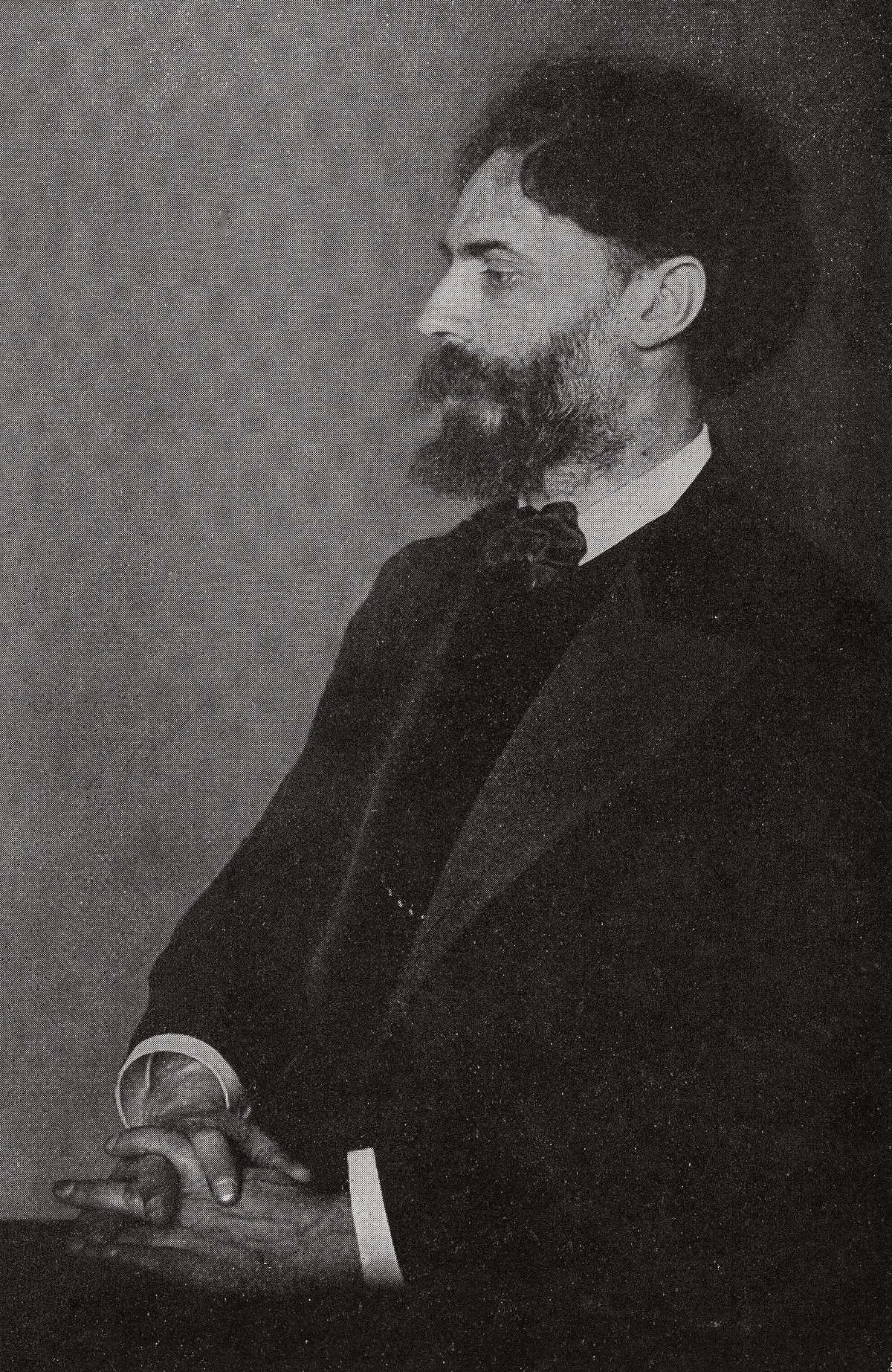 1.
1. Alfred Nossig was a Jewish sculptor, writer, and activist in Zionism and Polish civil society.

 1.
1. Alfred Nossig was a Jewish sculptor, writer, and activist in Zionism and Polish civil society.
Alfred Nossig was a eugenicist who believed in the "biological superiority" of Jews.
Alfred Nossig was born to a wealthy family in Lemberg, then part of the Austrian Empire.
Alfred Nossig's father exposed him to German culture and was an activist for Jewish rights in Galicia, serving as secretary of the Jewish community there.
Alfred Nossig was a pioneer in the field of Jewish demography during his time as a student at Lemberg University, winning a prize in 1884 from the university senate for his essay "O ludnosci".
Alfred Nossig subsequently published a play King of the Jews about Simon bar Kokhba, the instigator of the Bar Kochba revolt against the Roman Empire.
In 1887, Alfred Nossig had published the first Zionist work in the Polish language.
Alfred Nossig undertook and published research into statistics of the Jewish population of Central Europe to substantiate his ideas.
In 1892, Alfred Nossig was living in Vienna where he was active as an art-curator and writer, and moved in artistic circles.
Alfred Nossig's friends included the pianist and composer Paderewski, for whom he wrote the libretto of an opera, Manru.
In 1894 Alfred Nossig moved to Paris, where he was a correspondent of the Polish newspaper Gazeta Lwowska.
Alfred Nossig was critical of Herzl's Zionist tactics, but was involved with plans by Abraham Salz, an early colleague of Herzl, to found a village in Palestine for settlers from Galicia.
Alfred Nossig's subjects included The Wandering Jew, Judas Maccabaeus, and King Solomon, as well as portrait busts of Paderewski and of Max Nordau, and a death-mask of Empress Elisabeth of Austria.
Alfred Nossig associated with the so-called "practical Zionists" who stayed a clear distance from the activities of Herzl's World Zionist Organization.
Alfred Nossig sat on the board of the Jewish publishing house Judischer Verlag along with Martin Buber, and became a regular contributor to the journal Ost und West.
In 1903 Alfred Nossig worked closely with Chaim Weizmann hoping to establish a Jewish university.
Weizmann nominated Alfred Nossig to take part in the Zionist Congress at Basel that year.
At the 1907 Eighth Zionist Congress, Alfred Nossig advocated a broad approach to Zionism across the Jewish European communities, with urban and rural settlements both in Palestine and in neighbouring lands.
However, Alfred Nossig's personality continued to alienate supporters and he had little direct involvement with the WZO after 1908.
On 5 January 1918, Alfred Nossig met Talat Pasha, then Turkish Minister of the Interior, in Berlin, who offered him vague promises.
Alfred Nossig hoped to unite the various Jewish factions into a single representative body.
Alfred Nossig left Poland, and sought to establish a world-wide support organization for Jewry.
Alfred Nossig published his ideas in an essay "Zionism and Jewishness: Crisis and Solution".
Return visits to Poland later in the decade showed he had little political influence either with the Polish government or with the Jewish community, and rumours again began to circulate that Alfred Nossig was acting in the interests of the German government.
Adam Czerniakow, the head of the Warsaw Ghetto Judenrat, was told to employ him, apparently by the German authorities, and Alfred Nossig was appointed as ghetto emigration officer; in this position he sought to negotiate with the Gestapo permission to emigrate for some Jewish leaders, without any result; emigration became expressly forbidden in November 1940.
Alfred Nossig was then made director of the Arts and Culture department of the ghetto, with no noteworthy effect.
In unclear circumstances Alfred Nossig became talked of in the Ghetto as a collaborator with the Germans.
Alfred Nossig was accused of providing regular reports to the Nazis on Jewish underground activities in the ghetto, and an underground resistance group, the Jewish Combat Organization, held an impromptu trial and sentenced him to death.
Alfred Nossig had fallen to his knees and begged for his life, threatening them with German retaliation if he was killed.
Alfred Nossig was buried in the Jewish cemetery at Okopowa Street in Warsaw.